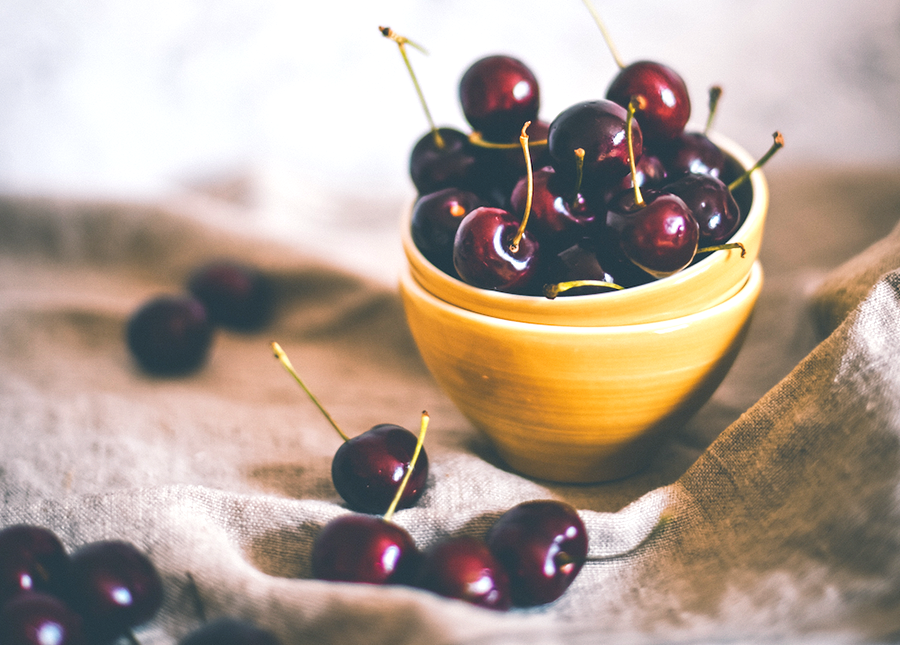Minimalism Vs. Frugality: How They Differ, & How To Make Them Both Work For You

I’ve recently got into minimalism, and I’m kind of obsessed. It fits my personality and natural tendency to want to purge and live on less. However, I wasn’t sure how different minimalism was from frugality until I started distinguishing the two. After a little research, including finding this post by the Money Boss, I knew I was on to something that needed to be talked about more.
Minimalism and frugal living are totally different concepts, as it turns out. One is about wanting to own less stuff, and the other is about spending less money on stuff. This distinction gives me clarity and helps me focus and make better decisions around my money.
What does frugal living entail?
Frugal living is a way of life that focuses on getting the most bang for your buck. It’s about being thrifty with your money, like using coupons and finding the best deals and sales. People who are frugal focus on spending less.
It’s not uncommon for frugal people to own a lot of stuff that they got on sale or for a good price. An argument against frugal living is that it focuses only on getting the best deal. Frugal living can lead to a lot of clutter and stuff you don’t need and find yourself attached to unnecessarily so. Long-time readers of my blog know that I am not naturally frugal. Not at all. But I adhere to different frugal habits because I know they help me spend less and save more.
What’s the deal with minimalism, then?
Minimalism, on the other hand, is a way of life that focuses on owning fewer things. Minimalists want to own a few, high-quality items that improve their lives — and they don’t mind spending a few extra bucks for it.
The focus of minimalism is on improving the quality of life by owning fewer items. It’s about escaping excess and clutter and focusing on what really matters in life (i.e. not stuff). Example of a minimalist shopping: “I bought one pair of new running shoes that will improve the quality of my runs because of the increased performance enhancers. They were expensive. They are my only pair of running shoes.”
An argument against minimalism is that it’s boring and just something wealthy people are currently into. (Here’s a post against minimalism I think is interesting.) But at heart, I am a minimalist. I’m constantly purging my stuff. I’m not attached to it at all. The thought of more stuff makes me cringe. I don’t mind spending an extra buck for higher quality. (Of course, having the ability to spend more at once is a privilege.) If you’re interested in minimalism, read this post about minimalism, money, and my clothes.
Can you be both?
The sections above show you how different minimalism and frugal living are from one another. But they’re not always mutually exclusive. You can be a minimalist and frugal. The frugal-minimalist (as I’ll call her) is the ultimate powerhouse. She wants to spend less when she buys something and wants to own fewer items. She cares about quality but won’t overpay for it. Her dollar means so much to her that she refuses to overspend. She also has a distaste for clutter and is simple at her core.
The frugal-minimalist is basically a unicorn. She’s nearly perfect with her spending, saving, and owning. Hashtag goals. It may be impossible to be this perfect, but we can try and fight against our natural urges, whether to spend more or own more!
How to be more frugal and more of a minimalist
Since I don’t want this post to be all about theory, I want to give you actionable steps to get started with frugal living and minimalism, too. Here are 10 ways you can be more frugal and minimalist right now, respectively.
To be more frugal…
- Never buy full price.
- Shop at discount and thrift stores.
- Sign up for deal sites.
- Use coupons.
- Buy second-hand.
- Always live below your means.
- Buy in bulk from wholesale stores.
- Call utility or cable companies to try to get a better deal.
- Surround yourself with frugal-minded people.
- Read frugal blogs!
To be more of a minimalist…
- Donate or sell anything you haven’t worn in one year.
- Get rid of all the clutter in your home.
- Spend money on experiences, not things.
- Start saying “no” to things you don’t want to do.
- Prioritize your life and set goals so you live intentionally with purpose.
- Simplify every area of your life.
- Remove emotional attachments to things.
- Decide what makes you happy internally, and pursue that.
- Get around people who like minimalism.
- Read minimalist blogs (I love Becoming Minimalist).
*****
Frugal living and minimalism are two different mindsets. The former focuses on spending less and getting the best deal, but doesn’t pay much attention to quality or quantity. The latter focuses on owning fewer things and living simply, with a focus on quality and not much focus on price. You can be both a minimalist and frugal, but you may find one comes more naturally to you (I am more of a minimalist at heart). Either way, both of these concepts can help you live more intentionally and be happier in the long run.
Natalie Bacon is an online entrepreneur. Prior to this, Natalie practiced as a certified financial planner, at a firm that managed over $1B in assets under management. Before her financial planning career, Natalie practiced as a business attorney. Natalie has been featured in CNBC, Forbes, and other publications. Natalie is most passionate about helping young, professional women design their dream lives. Read Natalie‘s full story at NatalieBacon.com/about.
Image via Unsplash




